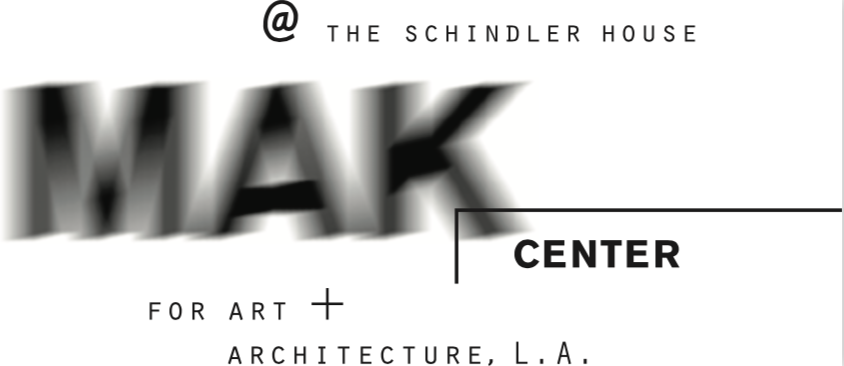October 12, 2019–February 16, 2020
at the Schindler House
835 North Kings Road
West Hollywood, CA 90069
United States
office@makcenter.org
AGENdA agencia de arquitectura (Medellin, Columbia), Pedro Ignacio Alonso and Hugo Palmarola (Santiago, Chile), Tanya Aguiñiga (Los Angeles), Laurel Consuelo Broughton (Los Angeles), Design, Bitches (Los Angeles,) Sonja Gerdes (Los Angeles and Berlin), Bettina Hubby(Los Angeles), Alice Lang (Los Angeles), Leong Leong (New York), Jorge Otero-Pailos (New York), Anna Puigjaner - MAIO (Barcelona, Spain), and Bryony Roberts (New York)
Soft Schindler begins with traces of pink paint on redwood-faint evidence of when in late 1949 Pauline Schindler, estranged from her architect husband but living in half of the house they built together, painted her side of the interior salmon pink. To R.M. Schindler, Pauline’s intolerable act violated a sanctum of modernism and his desire for honest expression of natural materials. This exhibition, however, interprets her act as softening our understanding of house as manifesto-softness as resistance-and yields to plural narratives that lay interpretive ground for contemporary artworks and architectural installations.
The Schindler House has never been a binary. “Both/and” to its core, the house contains nearly a century of fluid, alternating domesticities: dinner parties, political debates, and love affairs. It was the salon of art dealer Galka Scheyer and the stage for clashes with architect Richard Neutra. Archival photographs suggest material legacies in dialogue with Schindler’s rigorous geometries: tablecloths, pillows, curtains, flower pots-ephemeral elements that like the pink paint were not preserved when the residence was restored in the 1990s in approximation of the original intentions of the architect.
Soft Schindler participants, through their respective practices and presented works, show the incompleteness of binary ideas in architecture, sculpture, and design-femininity vs. masculinity, inside vs. outside, heavy vs. light, rational vs. emotional-framing such notions outmoded. Each of these practitioners makes non-conforming aesthetics and ideologies manifest in space.
Ultimately, Soft Schindler uses the concept of softness to encourage a politics of reevaluation: If this space/sculpture/material isn’t what was first assumed, what other assumptions need challenging?
Mimi Zeiger is a Los Angeles-based critic, editor, and curator. Her work is situated at the intersection of architecture and media cultures. She co-curated the US Pavilion at the 2018 Venice Architecture Biennale. She has written for The New York Times, Domus, Architectural Review, Architect, where she is a contributing editor, and is an opinion columnist for Dezeen. Zeiger is the 2015 recipient of the Bradford Williams Medal for excellence in writing about landscape architecture. She has curated, contributed to, and collaborated on projects that have been shown at the Art Institute of Chicago, 2012 Venice Architecture Biennale, New Museum, Storefront for Art and Architecture, and the Architectural Association. She co-curated Now, There: Scenes from the Post-Geographic City, which received the Bronze Dragon at the 2015 Bi-City Biennale of Urbanism\Architecture, Shenzhen. She teaches at SCI-Arc and Art Center.
Unique in its role as an historic site and exhibition space, the MAK Center for Art & Architecturedevelops local and international projects exploring the intersection of contemporary art and architecture. Acting as a public platform for current issues, the Center encourages exploration of practical or theoretical aspects in art and architecture by engaging the MAK Center’s places, spaces, and histories. Established in 1994, the Center is housed in the landmark R. M. SchindlerHouse (1921-22) in West Hollywood. In addition, the Center maintains and occupies two other Schindler-designed buildings, the Mackey Apartments (1939) and the Fitzpatrick-Leland House(1936).
Exhibition design: Andrea Dietz
Graphic design: still room studio
Catalogue (forthcoming): PIN-UP magazine
Support provided by: Graham Foundation for Advanced Studies in the Fine Arts; Pasadena Art Alliance; Columbia University Graduate School of Architecture, Planning and Preservation; Southern California Institute of Architecture



